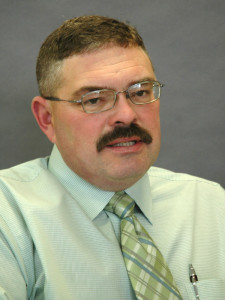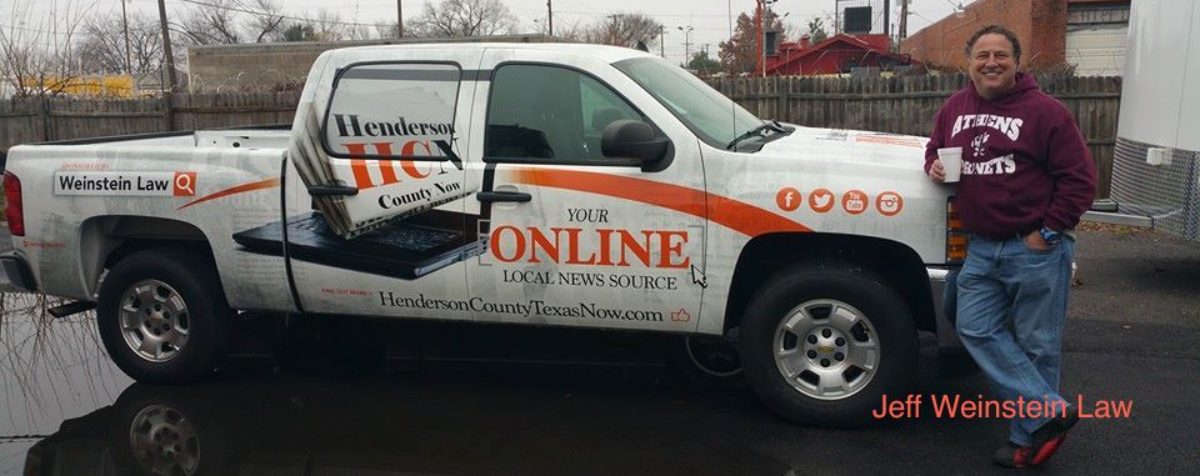
By Rick Hirsch/County Extension Agent
Most people know that if you’ve got trees on their property, they need to care for them as much as they care for the flowers or grass. Keeping them well maintained by someone like Mr. Tree Service (www.treeservicefairfield.com) is crucial for not only the appearance of your landscape but also the health of the tree. This brings us to the topic of today’s article: fertilizing and tree care. I receive a lot of questions regarding how much and how often to fertilize trees and shrubs in a landscape. As is often the case the answer is . . . it depends.
Attractive trees and shrubs are important components of a landscape. Planned maintenance and care are essential for keeping these plant materials healthy and vigorous. Likewise, if a tree is beyond the point of recovery and maintenance and actually poses a danger (or if it just needs to be removed to make way for something else), services that offer tree removal jacksonville fl might be of interest. A well thought out fertilization program is an important maintenance requirement. However, it is important that plants not be over fertilized and that fertilizer not be expected to overcome problems caused by the use of non-adapted varieties, improper planting techniques, poor soil drainage, soil compaction or incorrect watering practices.
In many yards, a good lawn maintenance program may eliminate the need for
supplemental fertilization for trees and other woody plants in the lawn. Additional
fertilizer would simply be a waste of money and might result in nutrients imbalances or
increase the risk of contaminating surface and groundwater resources.
Occasionally, additional fertilizer is needed in areas where a tree’s root growth is restricted by streets, curbs or other structural features. Shrubs and vines often serve as screens or borders for lawn areas within the landscape. Consequently, these plants are frequently forgotten or neglested in the normal lawn fertilization program.
Plant signs indicating the need for fertilization include lack of terminal growth, pale green or yellow leaves, mottled leaves, dead branches, stunted leaves and early loss of leaves.
General tree vigor is determined by comparing the length of twig growth during the past 3 to 4 years. Young trees should have at least 9 tp 12 inches of terminal growth per year. Large mature trees usually average 6 to 9 inches of growth. Shrub vigor is determined in the same way. Growth varies from season to season and from variety to variety.
Fertilizer recommendations should be based on a soil analyses. Instructions for taking a soil or leaf sample can be obtained from the County Extension Office. Such analyses allow the application of fertilizers in amounts and ratios that minimize nutrient waste and the threat of pollution.
Without such analyses, general lawn fertilizer recommendations of 2 to 4 pounds of actual nitrogen per 1,000 square feet per year will meet the needs of most trees and shrubs. In turf areas, do not apply this amount at one time but rather make several applications to prevent fertilizer burn on the turf.
Proper timing of fertilizer applications has a marked effect on the growth of woody plants. In general, the best time to apply fertilizer is in the spring before growth begins. Soil type also affects the timing of fertilizer applications. For sandy or loam soils, apply fertilizer as soil temperatures begin to rise and before growth occurs. For heavy clay soils, apply the fertilizer in late fall after leaves have fallen or the plant is completely dormant.
The maximum growth response to the fertilizer is obtained if the fertilizer is available in the root zone, whereas in heavy soils, it takes much longer for the fertilizer to penetrate.
Do not apply fertilizers from August 1 until late fall (about the time of the average date of the first killing frost). Late summer fertilizing can stimulate an excessive amount of new growth, making plants more susceptible to winter injury.
Most fertilizers are purchased according to their analysis which is the percentage of the three major plant nutrients – nitrogen, phosphorus and potassium. The analysis is shown on the bag or container and consists of three numbers (i.e. 12-4-8). The first number indicates the percentage of nitrogen (N), the second gives the percentage of phosphorus as phosphoric acid (P205); and the third is the percentage of potassium as potash (k20). A 50 pound bag of a 12-4-8 fertilizer contains 6 pounds of N, 2 pounds, of P205 and 4 pounds of K20.
Fertilizer applied in excess of pant needs or with improper timing often goes to waste. In the case of nitrogen and phosphorus, the excess material may find it’s way into surface and groundwater resources.
To reduce the risk of pollution, minimize the amount of fertilizer which ends up in the storm sewer by keeping fertilizer off the pavement and driveways. A small amount of runoff from each yard can add up to a major pollution problem for the neighborhood, county, state and beyond.
Insure optimum fertilizer use by following fertilizer recommendations based on soil analysis. By following these guidelines you will assist in preserving and protecting valuable natural resources.
IMPORTANT DATES:
- March 19 – Henderson County Master Gardener Association 2015 Spring Conference – First United Methodist Church – Athens – 5:00 p.m. – Tickets $20.00 available at the Extension Office or any Henderson County Master Gardener
- April 2 – Cattleman’s Cow-Calf Clinic – 3:00 p.m. – Henderson County Fair Park Complex, Athens – $15.00/Person – 1.5 C. E. U.’s
—-
Rick Hirsch is the Henderson County Extension Agent – Agriculture for the Texas
A&M AgriLife Extension Service. Visit our web page at http://henderson.agrilife.org/.
